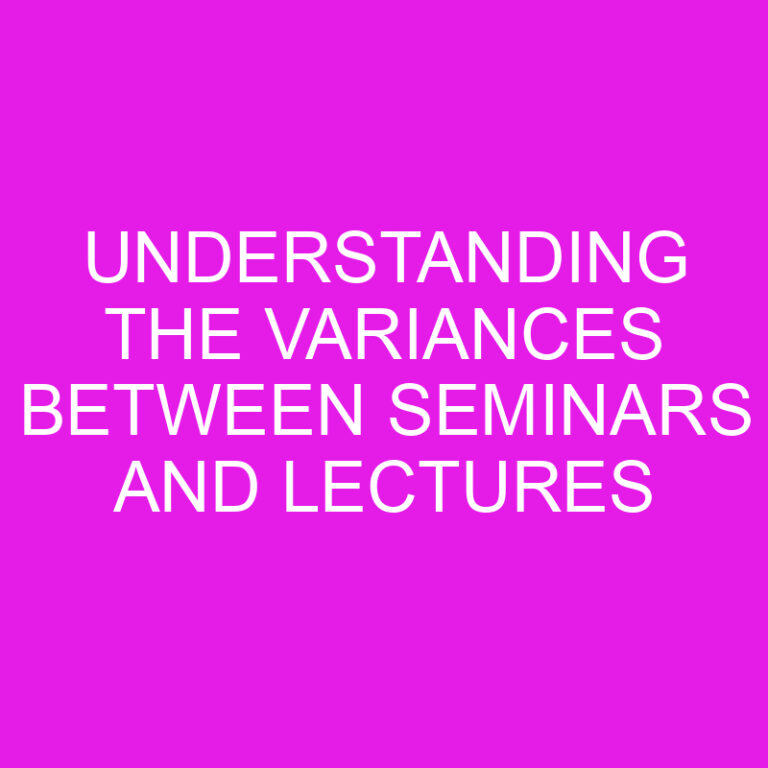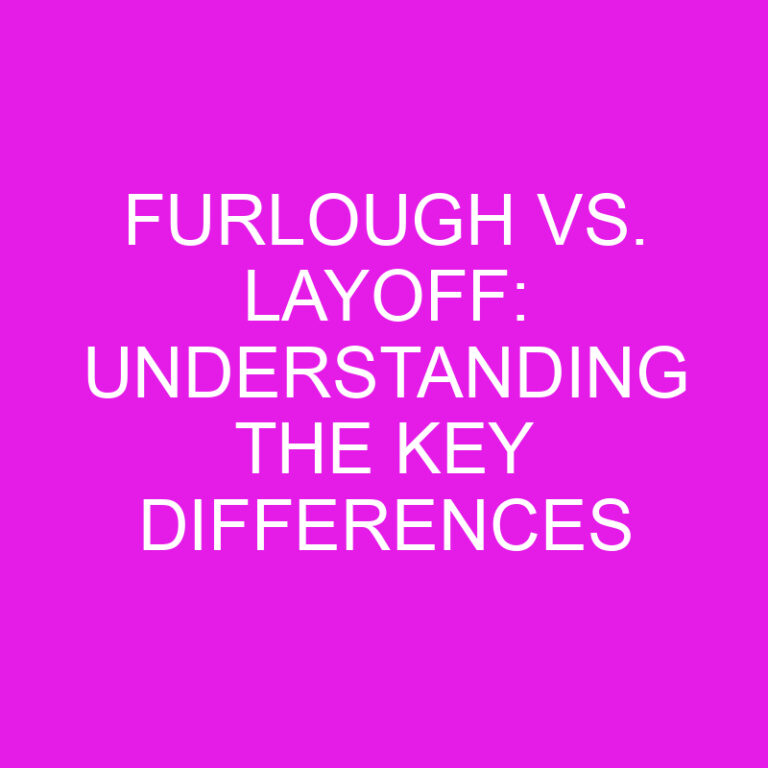
Are you a budding guitarist looking to master your favorite songs? Then you’ve probably come across the terms “tabs” and “chords” in your musical journey. But do you know the difference between the two? In this article, I’ll break it down for you and help you understand how tabs and chords can enhance your guitar playing skills.
When it comes to playing the guitar, tabs and chords are two essential tools that every guitarist should be familiar with. Tabs, short for tablature, provide a visual representation of the guitar strings and frets, allowing you to play specific notes and melodies. On the other hand, chords involve playing multiple notes simultaneously, creating a harmonious sound that forms the foundation of many songs.
Understanding the distinction between tabs and chords is crucial for any guitarist, as it can greatly impact your playing style and repertoire. So, let’s dive in and explore the key differences between tabs and chords, and how they can elevate your guitar playing to new heights.
Post Contents
Key Takeaways
- Tabs, short for tablature, provide a visual representation of the guitar strings and frets, allowing you to play specific notes and melodies, while chords involve playing multiple notes simultaneously, creating a harmonious sound that forms the foundation of many songs.
- Tabs are versatile and allow you to learn a wide variety of music genres and styles. They also provide a way to learn the techniques used by your favorite guitarists.
- Tabs are easy to follow, especially for beginners who may not be familiar with traditional sheet music. They simplify the learning process and allow you to learn songs at your own pace.
- Chords are the building blocks of many songs and serve as the foundation for rhythm and harmony. They add depth and richness to music and allow for greater creativity and expression in guitar playing.
- By mastering both tabs and chords, you can enhance your playing, unlock new creative possibilities, and effectively communicate and collaborate with other musicians.
- Learning tabs and chords is not an either-or situation but a comprehensive journey towards becoming a versatile and proficient guitarist.
What are Tabs?
Tabs, short for tablature, provide a visual representation of the guitar strings and frets. They are widely used by guitarists to learn and play specific notes, melodies, and solos. As a guitarist myself, I find tabs to be an invaluable tool for expanding my repertoire and playing songs accurately.
Unlike traditional sheet music, which uses standard music notation, tabs use numbers and symbols to indicate which string and fret to play. Each string is represented by a horizontal line, and the numbers on the lines indicate the frets to be played. This visual representation makes it easy for beginners to follow along and play their favorite songs.
Tabs are incredibly versatile, allowing you to learn a wide variety of music genres and styles. Whether you’re into rock, blues, pop, or classical, you can find tabs for almost any song or composition online. It’s like having a cheat sheet that helps you decode the intricate patterns of your favorite guitarists.
One of the advantages of tabs is that they allow you to learn songs at your own pace. You can start with simple melodies and gradually progress to more complex solos. By breaking down a song into individual notes and phrases, tabs make it easier for beginners to tackle challenging pieces without feeling overwhelmed.
Tabs also provide a great way to learn the techniques used by your favorite guitarists. By studying their tabs, you can analyze their playing style, understand their creative choices, and incorporate their techniques into your own playing. It’s like having a backstage pass to the minds of guitar legends.
Why are Tabs Useful for Guitarists?
When it comes to learning and playing the guitar, tabs (short for tablature) are an invaluable resource that every guitarist should have in their arsenal. They provide a visual representation of the guitar strings and frets, making it easy to play specific notes, melodies, and solos. But what exactly makes tabs so useful for guitarists? Let me share a few reasons:
- Easy to Follow: Tabs use numbers and symbols to indicate which string and fret to play. This simplifies the learning process, especially for beginners who may not be familiar with traditional sheet music. Instead of having to decipher notes and chords, guitarists can quickly understand where to place their fingers on the fretboard.
- Versatility: Tabs allow guitarists to learn a wide variety of music genres and styles. Whether you want to play rock, blues, country, or jazz, tabs provide a way to learn your favorite songs with ease. This versatility is especially beneficial for guitarists who enjoy experimenting with different genres and expanding their musical repertoire.
- Learning Techniques: Tabs also provide a way to learn the techniques used by your favorite guitarists. By studying tablature, you can understand how they create their signature sounds, incorporate different techniques like bending and sliding, and apply them to your own playing. This enables you to develop your own unique style and gives you the tools to create music that truly reflects your personality.
- Play Along with Songs: One of the great advantages of tabs is that you can easily find them for popular songs. There are countless websites and resources dedicated to providing guitar tabs for almost any song you can think of. This means you can quickly start playing along with your favorite tracks, allowing you to hone your skills while enjoying the music you love.
How do Tabs Work?
Tabs, short for tablature, are a popular and effective way for guitarists to learn and play specific notes, melodies, and solos. They provide a visual representation of the guitar strings and frets, making it easy to follow along and play your favorite songs.
Tabs use numbers and symbols to indicate which string and fret to play. For example, a number on the top line of the tab indicates which string to play, while a number on a specific line represents the fret position on that string.
Let me break it down for you:
- Strings: The lines on a tab represent the six strings of a guitar, with the top line representing the thinnest string and the bottom line representing the thickest string. Each string is assigned a number or a name (E, B, G, D, A, E) to indicate which one to play.
- Frets: Tabs use numbers to represent the fret positions on each string. If you see a “0” on a string, that means you play that string open, without fretting it. If you see a “3” on the third line, it means you press down the third fret on that particular string.
- Timing: Tabs also include symbols or notations to indicate the timing or duration of each note. These can be represented by dashes or specific symbols to indicate the strumming pattern or rhythm.
Tabs are a fantastic tool for beginners as they are easier to read and understand than traditional sheet music. They allow you to learn songs quickly and easily, even if you don’t have much experience reading music notation. With tabs, you can start playing your favorite songs in no time!
However, it’s important to note that tabs don’t provide any information about the rhythm or duration of the notes. To fully grasp the song, it’s ideal to listen to recordings or use your ear to understand the timing. But once you have the basic structure from the tabs, you can add your personal touch and create your own unique interpretations of the music.
What are Chords?
Chords are an essential aspect of guitar playing and music in general. They involve playing multiple notes simultaneously to create a harmonious sound. By combining different notes and finger positions, chords can produce a wide range of musical effects, from gentle and melodic to powerful and energetic.
Chords are the building blocks of many songs and serve as the foundation for rhythm and harmony. They add depth and richness to a piece of music and allow guitarists to create a full, cohesive sound. Learning chords is crucial for any guitarist who wants to play a variety of songs and develop a well-rounded playing style.
To play a chord, you need to place your fingers on specific frets and strings, pressing down to create enough pressure for the strings to ring out clearly. Each chord has a unique finger position and may require you to use different combinations of fingers and hand positions. With practice, you’ll become more proficient at transitioning between chords and producing clean, clear sounds.
Learning chords opens up a world of possibilities for guitarists. Once you have a foundation of chords under your belt, you can start experimenting with different chord progressions and strumming patterns to create your own unique sound. Chords allow you to accompany other musicians, play along with your favorite songs, and even compose your own music.
While chords are important, it’s worth noting that they may initially be more challenging to learn and master compared to tabs. Understanding chord structures, finger positions, and transitioning smoothly between chords can take time and practice. However, the effort is well worth it, as chords offer a deeper understanding of music theory and allow for greater creativity and expression in guitar playing.
How are Chords Different from Tabs?
When it comes to guitar playing, chords are a fundamental aspect that every guitarist needs to understand. Chords involve playing multiple notes simultaneously to create a harmonious sound and serve as the foundation for rhythm and harmony in music. Unlike tabs that focus on playing specific notes, chords provide a way to express the overall harmony and structure of a song.
Learning chords is crucial for any guitarist who wants to play a variety of songs and develop a well-rounded playing style. To play a chord, specific finger positions and combinations are required, and with practice, transitioning between chords becomes easier. This skill is essential for playing rhythm guitar in a band or accompanying other musicians.
One of the key advantages of learning chords is the ability to experiment with different chord progressions and strumming patterns. By understanding the theory behind chords, you can create a unique sound by combining different chords in creative ways. This opens up a world of possibilities for adding your own style and flair to your playing.
Additionally, chords allow guitarists to accompany other musicians, play along with songs, and even compose their own music. Imagine being able to strum along with your favorite songs or create your own compositions with unique chord progressions. Chords provide the tools to unlock these creative possibilities.
While chords may be more challenging to learn and master compared to tabs, they offer a deeper understanding of music theory and allow for greater creativity and expression in guitar playing. By grasping the concept of chords, you gain the ability to analyze and interpret music in a more holistic way. This understanding can greatly enhance your playing and enable you to communicate and collaborate effectively with other musicians.
Chords and tabs are both valuable tools in a guitarist’s repertoire. While tabs provide a visual representation of specific notes and melodies, chords offer a deeper understanding of music theory and allow for greater creativity and expression. By mastering both techniques, you can expand your playing style and create music that truly resonates with both yourself and others.
The Importance of Knowing Both Tabs and Chords
Understanding both tabs and chords is essential for any guitarist looking to expand their playing style and repertoire. Each technique offers unique advantages and contributes to a well-rounded understanding of music. By mastering both tabs and chords, you can enhance your playing, unlock new creative possibilities, and effectively communicate and collaborate with other musicians.
1. Versatility in Learning Music
Tabs, with their visual representation of specific notes and melodies, are great for learning songs and solos accurately. By following the numbered symbols indicating which string and fret to play, beginners can quickly pick up their favorite tunes. Tabs cover a wide range of genres and allow you to learn the techniques used by your favorite guitarists. This knowledge can be incorporated into your own playing, helping you develop a unique style.
2. Simplified Learning Process
Tabs simplify the learning process by providing a clear roadmap of which notes to play. They enable you to play along with popular songs, making learning enjoyable and engaging. Whether you’re a beginner or an experienced guitarist, tabs provide a convenient way to expand your repertoire and explore different styles and genres.
3. Foundation for Rhythm and Harmony
Chords, on the other hand, are the foundation of rhythm and harmony in music. They involve playing multiple notes simultaneously to create a harmonious sound. Learning chords is crucial for any guitarist who wants to play a variety of songs and develop a well-rounded playing style. Through practice, transitioning between chords becomes easier, allowing you to play rhythm guitar in a band or accompany other musicians effectively.
4. Creating Your Unique Sound and Style
One of the key advantages of learning chords is the ability to experiment with different chord progressions and strumming patterns. By understanding the theory behind chords, you can create a unique sound by combining different chords in creative ways. This opens up a world of possibilities for adding your own style and flair to your playing. Chords allow you to accompany other musicians, play along with songs, and even compose your own music.
Mastering both techniques, tabs and chords, offers a holistic grasp of music theory and allows for greater creativity and expression in guitar playing. By knowing both techniques, you can expand your playing style and create music that truly resonates with yourself and others. Remember, learning tabs and chords is not an either-or situation but a comprehensive journey towards becoming a versatile and proficient guitarist.
Conclusion
Understanding the difference between tabs and chords is crucial for any guitarist looking to expand their playing style and repertoire. Each technique offers unique advantages and contributes to a well-rounded understanding of music. By mastering both tabs and chords, you can enhance your playing, unlock new creative possibilities, and effectively communicate and collaborate with other musicians.
Tabs, with their visual representation of specific notes and melodies, are great for learning songs and solos accurately. They provide a clear and easy-to-follow format, making it ideal for beginners to learn their favorite songs. Tabs also allow for learning techniques used by favorite guitarists and incorporating them into one’s own playing. With tabs, you can explore a wide variety of music genres and styles, simplifying the learning process and enabling you to play along with popular songs.
On the other hand, chords serve as the foundation of rhythm and harmony in music. Learning chords is crucial for any guitarist who wants to play a variety of songs and develop a well-rounded playing style. By understanding the theory behind chords, you can experiment with different chord progressions and strumming patterns, creating a unique sound and style. Chords also allow for accompanying other musicians, playing along with songs, and even composing your own music.
By mastering both tabs and chords, you gain a holistic grasp of music theory, enabling you to analyze and interpret music in a more comprehensive way. This understanding enhances your playing and enables effective communication and collaboration with other musicians. So, whether you’re
Frequently Asked Questions
What are guitar tabs?
Guitar tabs, short for tablature, provide a visual representation of the guitar strings and frets, allowing for playing specific notes, melodies, and solos. They use numbers and symbols to indicate which string and fret to play, making it easy for beginners to follow along and play their favorite songs.
Why are tabs useful for guitarists?
Tabs are useful for guitarists because they are easy to follow, versatile, allow for learning techniques, and enable playing along with songs. They simplify the learning process, provide a way to learn different genres and styles, help develop a unique style, and allow for playing along with popular songs.
What are the limitations of tabs?
Tabs don’t provide information about the rhythm or duration of the notes. To fully grasp a song, it’s ideal to listen to recordings or use your ear to understand the timing.
What are guitar chords?
Guitar chords involve playing multiple notes simultaneously to create a harmonious sound. They serve as the foundation for rhythm and harmony in music and are crucial for any guitarist who wants to play a variety of songs and develop a well-rounded playing style.
Why are chords important for guitarists?
Learning chords allows for experimentation with different chord progressions and strumming patterns, creating a unique sound and style. Chords also enable guitarists to accompany other musicians, play along with songs, and compose their own music.
How do chords enhance creativity and expression?
By understanding the theory behind chords, guitarists can create a unique sound by combining different chords in creative ways. This opens up a world of possibilities for adding personal style and flair to playing.
Why is it important to know both tabs and chords?
Understanding both tabs and chords is essential for expanding playing style and repertoire. Each technique offers unique advantages and contributes to a well-rounded understanding of music. Mastering both allows for enhanced playing, new creative possibilities, and effective communication with other musicians.






